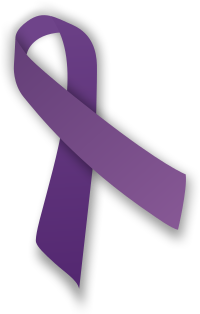
Photo from wikipedia
Inpatient violence is a widespread problem in psychiatric wards and has often serious consequences. Literature indicates that de-escalation techniques are the recommended first-line intervention for managing violence, are widely used… Click to show full abstract
Inpatient violence is a widespread problem in psychiatric wards and has often serious consequences. Literature indicates that de-escalation techniques are the recommended first-line intervention for managing violence, are widely used to reduce it, and restrictive practices in mental health settings. However, these techniques and models are not used at the optimum frequency and/or important factors are limiting their use and effectiveness. We aimed to determine what kind of de-escalation methods are used to reduce violence and coercion in Finnish psychiatric hospitals. Descriptive qualitative research using semi-structured questionnaires and Framework Analysis was used. The results of the study are reported in quantitative terms. A survey of psychiatric wards (N = 65) in Finland's hospital districts (n = 16) was conducted in the Autumn of 2019 to find out which de-escalation models are used. Finnish psychiatric wards use both the Safewards and Six Core Strategies models to reduce violence and the use of restrictive practices. Half of the hospitals used interventions and strategies from both models. Violence preventive methods are widely used in mental health settings in Finland. These interventions and models cover the organization, leadership, and patient perspectives to improve safety and decrease coercion actions in psychiatric wards.
Journal Title: Archives of psychiatric nursing
Year Published: 2020
Link to full text (if available)
Share on Social Media: Sign Up to like & get
recommendations!